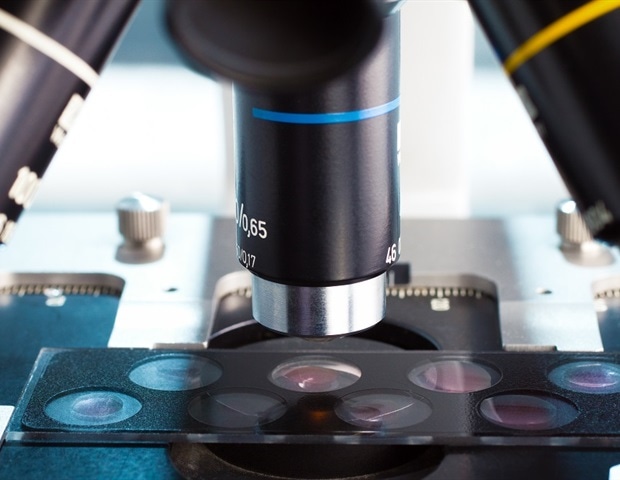Trinity College Dublin has made a significant leap in scientific research by installing Ireland’s first and only BioBrillouin microscope. This cutting-edge technology is set to revolutionize research in inflammation, cancer, developmental biology, and biomedical materials, among other fields. The installation marks a pivotal moment for biomedical researchers who have long sought non-invasive methods to study cellular and tissue mechanics, crucial regulators of disease, dysfunction, and regeneration.
The BioBrillouin microscope offers a groundbreaking approach by mapping and quantifying the compressibility, viscoelasticity, and detailed mechanics of biological tissues using non-invasive light. This allows researchers to assess the mechanical properties of live systems, such as cells and tissues, without interference, enabling continuous monitoring of changes over time.
Revolutionizing Biomedical Research
This development follows years of reliance on invasive methods that provided limited information. The BioBrillouin microscope operates on the principle of light scattering resulting from interactions between a photon of light and the acoustic phonons of a material, which are influenced by the material’s mechanical properties.
With support from the European Research Council (ERC) and Research Ireland, the microscope has been installed in the lab of Prof. Michael Monaghan at the Trinity Centre for Biomedical Engineering. “Being the first commercial system in the world, we have tremendous technical support from the vendor, CellSense Technologies GmbH,” said Prof. Monaghan, emphasizing the collaborative effort behind this advancement.
Broader Implications and Future Prospects
While the microscope’s immediate applications lie in biomedical research, its potential extends far beyond. It promises advancements in materials science, information and communication technology (ICT), energy storage, pharmaceuticals, and medical devices and diagnostics. The installation of this equipment is expected to draw scientists from around the globe, eager to leverage its capabilities for frontier science.
“This groundbreaking equipment will help us advance frontier science, and we anticipate scientists will travel from all over the world to use it – we have welcomed some already,” Prof. Monaghan noted.
Expert Consensus and Global Impact
The installation coincides with the publication of an expert consensus paper in the prestigious journal Nature Photonics, to which Prof. Monaghan contributed. The paper gathers insights from international experts on the application of Brillouin microscopy in biomedical contexts, highlighting its transformative potential.
According to the consensus, understanding the mechanical properties of live systems is crucial for breakthroughs in understanding inflammation and cancer development. The BioBrillouin microscope is poised to facilitate these breakthroughs, offering a new lens through which to view complex biological processes.
Looking Ahead
As Trinity College Dublin continues to lead in scientific innovation, the BioBrillouin microscope represents a significant milestone. The move underscores Ireland’s commitment to advancing scientific research and fostering international collaboration. With this new tool, researchers are well-equipped to push the boundaries of what is possible in various scientific domains.
In the coming years, the impact of this technology is expected to resonate across multiple fields, driving innovation and discovery. As the scientific community embraces this new capability, the potential for transformative research grows exponentially.
 Xbox Shelves Highly Anticipated Sci-Fi Game Blackbird Despite Praise
Xbox Shelves Highly Anticipated Sci-Fi Game Blackbird Despite Praise Norse Atlantic Airways Shifts Focus to Southeast Asia, Cuts US Routes
Norse Atlantic Airways Shifts Focus to Southeast Asia, Cuts US Routes Yamaha’s Best Sub-500cc Motorcycles for New Riders
Yamaha’s Best Sub-500cc Motorcycles for New Riders Toyota’s $13,000 Hilux Champ: Affordable Innovation or Compromised Quality?
Toyota’s $13,000 Hilux Champ: Affordable Innovation or Compromised Quality? Zero-Day Exploits: A Silent Threat to Global Digital Security
Zero-Day Exploits: A Silent Threat to Global Digital Security